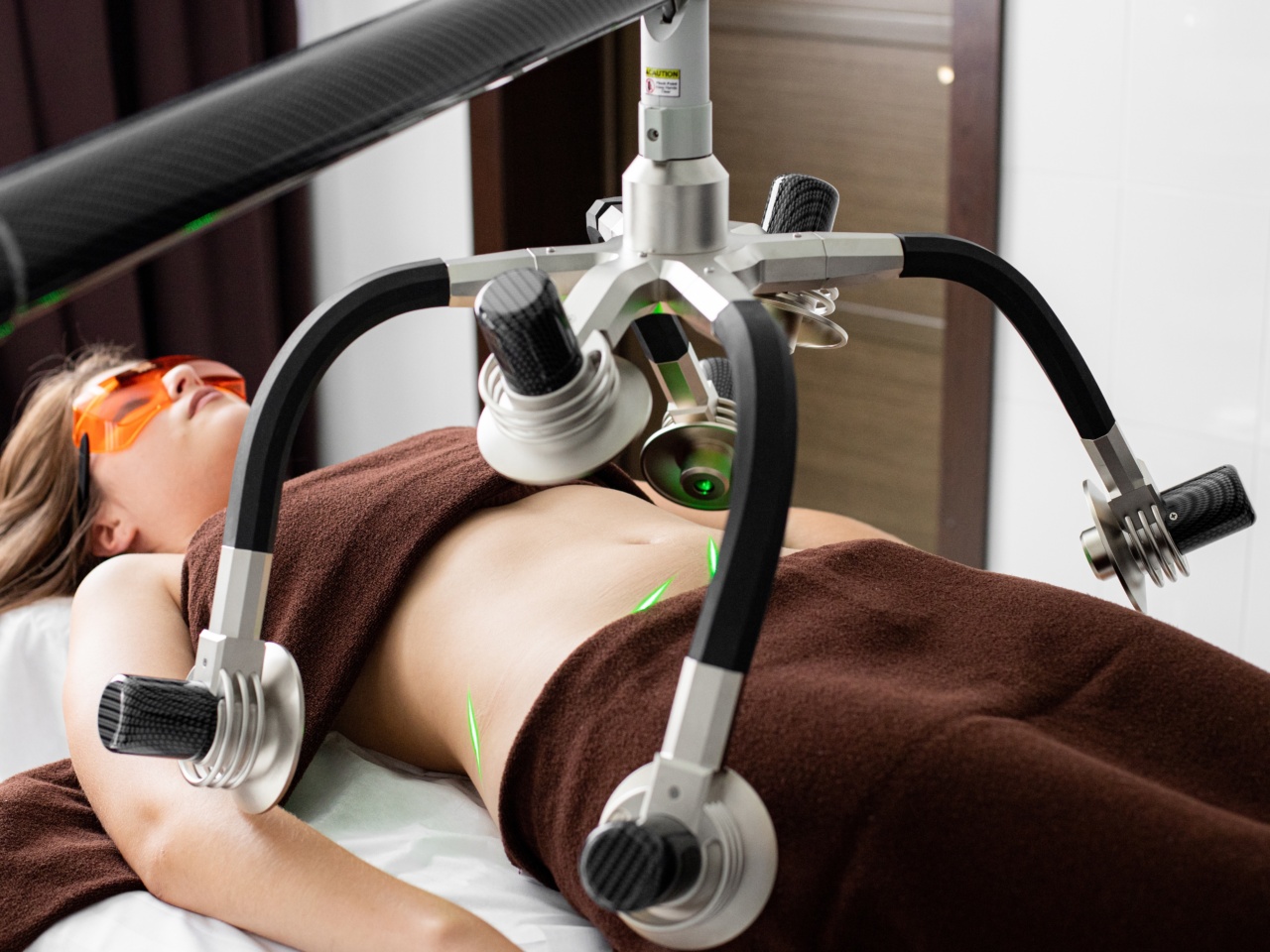Liposuction, also known as lipoplasty, is a popular cosmetic surgery procedure that helps remove unwanted fat from the body. The technique has come a long way since its inception in the 1970s, with advancements in technology and techniques.
In this article, we will discuss some of the latest advances in liposuction techniques that have made the procedure safer and more effective.
1. Power-assisted liposuction (PAL)
Power-assisted liposuction (PAL) is a method that uses a vibrating cannula to help liquefy fat cells, which makes them easier to remove.
This technique allows the surgeon to remove fat more efficiently and with less force, which can reduce postoperative swelling and bruising. PAL is especially useful in areas of the body where fat is typically more difficult to remove, such as the thighs and hips.
Additionally, PAL has been shown to reduce operating time and lead to more consistent results when compared to traditional liposuction methods.
2. High-definition liposuction (HDL)
High-definition liposuction (HDL) is a technique that combines traditional liposuction with VASER (Vibration Amplification of Sound Energy at Resonance) technology.
HDL is often used to sculpt the body and improve its definition, and it is particularly effective in areas such as the abdominal region, chest, and arms. The procedure involves removing fat in a precise manner, which allows the underlying muscle definition to become more visible. HDL can achieve a sculpted and toned appearance that is often desired in bodybuilding circles.
3. Laser-assisted liposuction
Laser-assisted liposuction, also known as SmartLipo, is a technique that uses a laser to dissolve the fat cells, making them easier to remove.
The procedure involves using a small cannula that is inserted into the treatment area, and then the laser is used to melt the fat cells. The melted fat is then removed through suction. Laser-assisted liposuction is less invasive than traditional liposuction methods and can also promote tissue tightening, leading to a smoother and more toned appearance.
4. Ultrasound-assisted liposuction (UAL)
Ultrasound-assisted liposuction (UAL) is a technique that involves using ultrasound waves to help liquefy fat cells, allowing for easier removal.
The surgeon uses a specialized cannula that emits high-frequency ultrasound waves that break up the fat cells. The fat is then removed through suction. UAL is particularly effective in areas where the fat is dense, such as the upper back and male breast tissue.
Additionally, UAL can lead to reduced surgical trauma, less pain, and quicker recovery times when compared to traditional liposuction methods.
5. Radiofrequency-assisted liposuction (RFAL)
Radiofrequency-assisted liposuction (RFAL) is a technique that combines traditional liposuction with radiofrequency energy. The surgeon uses a special device that emits radiofrequency energy to heat the tissues and dissolve the fat cells.
The melted fat is then removed through suction. The radiofrequency energy also helps to tighten the skin and promote collagen production, leading to a smoother and more toned appearance. RFAL is particularly effective in areas such as the abdomen, thighs, and buttocks.
6. Tumescent liposuction
Tumescent liposuction is a technique that involves injecting a large volume of fluid into the treatment area before the fat is removed. The fluid is a combination of saline, lidocaine, and epinephrine.
The saline helps to expand the treatment area, which makes it easier to remove fat. The lidocaine is a local anesthetic that helps to reduce pain during and after the procedure. The epinephrine is a vasoconstrictor that helps to reduce bleeding and bruising.
Tumescent liposuction is a safe and effective method that has been used for many years. It can lead to a quicker recovery time and less postoperative pain than traditional liposuction methods.
7. Body-jet liposuction
Body-jet liposuction is a technique that uses a pulsating stream of water to help remove fat cells. The surgeon uses a cannula that emits a jet of water to break up the fat cells and remove them from the body.
Body-jet liposuction is less invasive than traditional liposuction methods and can also lead to less pain and quicker recovery times. Additionally, the water used in the procedure can also help to reduce tissue damage and bleeding.
8. Micro-liposuction
Micro-liposuction is a technique that involves removing small amounts of fat, typically from the face or neck area. The procedure uses a very small cannula, less than 2mm in diameter, to remove the fat cells.
Micro-liposuction is less invasive and can lead to a quicker recovery time than traditional liposuction methods. It is often used in combination with other facial rejuvenation procedures, such as a facelift or neck lift, to achieve a more youthful appearance.
9. Cryolipolysis
Cryolipolysis, also known as CoolSculpting, is a non-invasive technique that uses freezing temperatures to destroy fat cells.
The procedure involves placing a specialized device on the treatment area, which then cools the fat cells to a temperature that causes them to die. The dead fat cells are then naturally eliminated from the body over a period of several weeks. Cryolipolysis is less invasive than traditional liposuction methods and can also lead to less pain and quicker recovery times.
10. Computer-assisted liposuction
Computer-assisted liposuction, also known as CAL, is a technique that uses computer technology to help guide the surgeon during the procedure.
The surgeon uses a specialized tool that is connected to a computer, which allows for more precise and accurate fat removal. CAL can lead to less trauma to the surrounding tissues and less postoperative pain when compared to traditional liposuction methods.






























